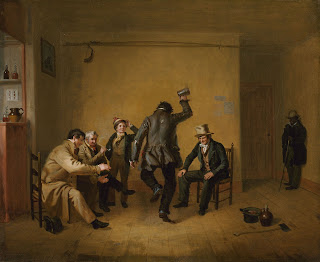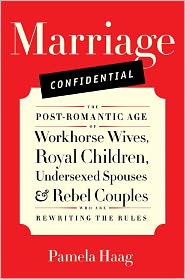 He applied the “Page 99 Test” to Six Weeks in Saratoga: How Three-Year-Old Filly Rachel Alexandra Beat the Boys and Became Horse of the Year, his first book of narrative nonfiction, and reported the following:
He applied the “Page 99 Test” to Six Weeks in Saratoga: How Three-Year-Old Filly Rachel Alexandra Beat the Boys and Became Horse of the Year, his first book of narrative nonfiction, and reported the following:My book chronicles the 141st Saratoga horse race meeting (2009) through four distinct threads: Rachel Alexandra, the super horse who would become Horse of the Year, the jockey who must pilot her to victory, the executive who needed her to run at his track, and the challenging trainer looking to slay the Queen.Learn more about the book and author at Brendan O'Meara's website and blog. Follow the author on Twitter, and "like" Six Weeks on Facebook.
Page 99 starts with the end of a miniature scene about Calvin Borel, the jockey, and about how he has been shunned by the New York racing circuit, receiving very little mounts. This was an undercurrent for his story throughout the meet, but he was fine with it. He usually takes the summer off but he came to Saratoga for one reason: Rachel Alexandra.
For the time Borel hovered around the jocks’ room in a blue bathrobe and shower sandals. He sat on a bench in the sun with his right leg crossed over his left, smoking a Marlboro Light. He angled his chin to the sun. His eyes were closed and there was a muted grin stamped on his face.The bulk of Page 99 is a cited New York Times editorial that praises New York Racing Association president and CEO Charlie Hayward, my executive thread, for calling out politicians about the structure of New York City’s Off-Track Betting offices. It starts with an e-mail from media consultant Mark Bardack that says, at its end, “It is a keeper from now to eternity. Awesome, awesome stuff!” (In the editorial, which continues on Page 100, Hayward said, “Racing in New York could be profitable if we just solved the OTB problem. They really have become places where good local politicians are sent to max out their pensions.”)
During the meet, aside from ensuring that Rachel Alexandra raced at his track, Hayward wrestled with a number of things, one of which was the off-track betting mess. And since the New York Times editorial page, for once, sided with horse racing was nothing short of a watershed moment for them, it was a victory for him.
Page 99 (in Week 3 of a six-week structure) is little more than a third of the way through the book; the action is still building to what everyone hopes is Rachel Alexandra’s ultimate showdown, but in the meantime I feel it illustrates what’s driving two of my main characters well.
--Marshal Zeringue


























